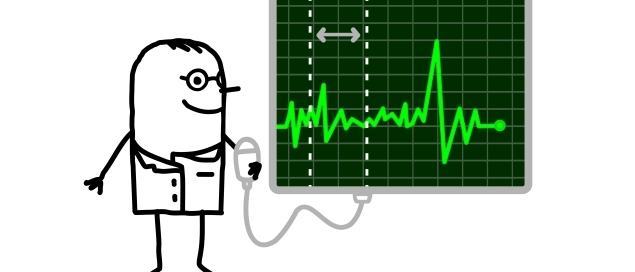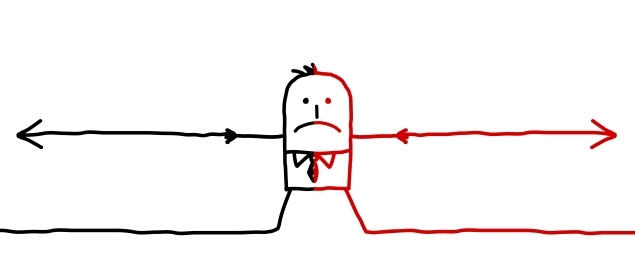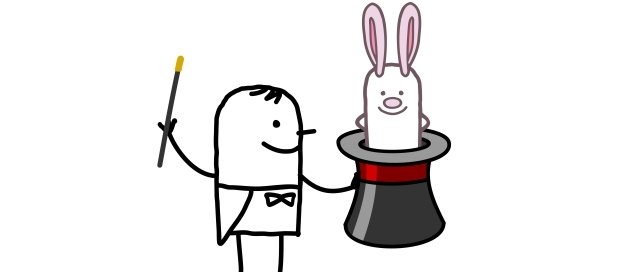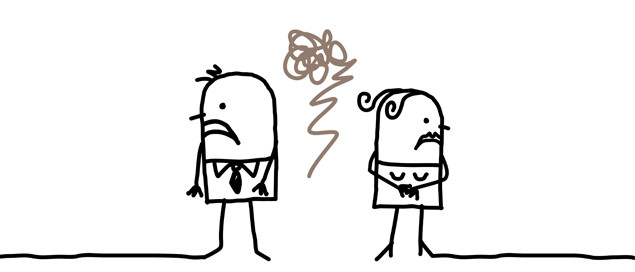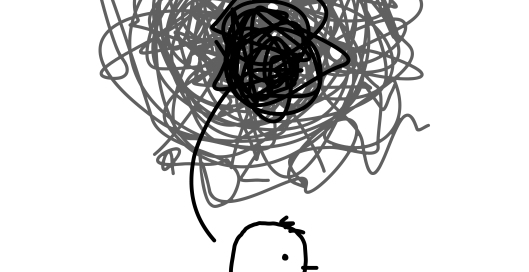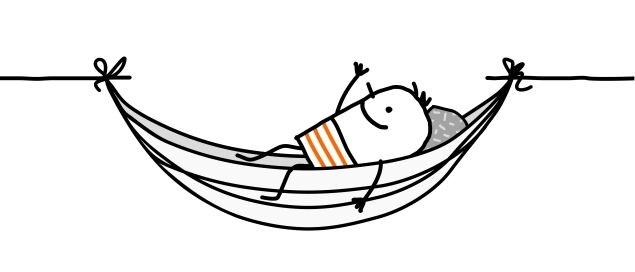In this article, I discuss how to strike a balance between exposing yourself to challenging situations and avoiding those situations.
For various issues in therapy, a go-to treatment is exposure. This entails repeatedly entering and remaining in challenging situations rather than avoiding them. Exposure works because, over time, the person learns that they can cope with the situation’s challenges. This is typically accompanied by experiencing a significant and lasting reduction in the intensity of emotions they experience in the situation. In contrast, avoidance spares the person from experiencing short-term discomfort but deprives them of the more substantial and lasting long-term benefits which come from exposure.
So, it seems that choosing exposure over avoidance is a ‘slam dunk’. However, this is not necessarily the case. In fact, although exposure is ultimately preferred over avoidance, there are many instances in which it is wise to strike a balance between exposure and avoidance. In the following sections, I will use examples from several issues to illustrate this point...[more]


